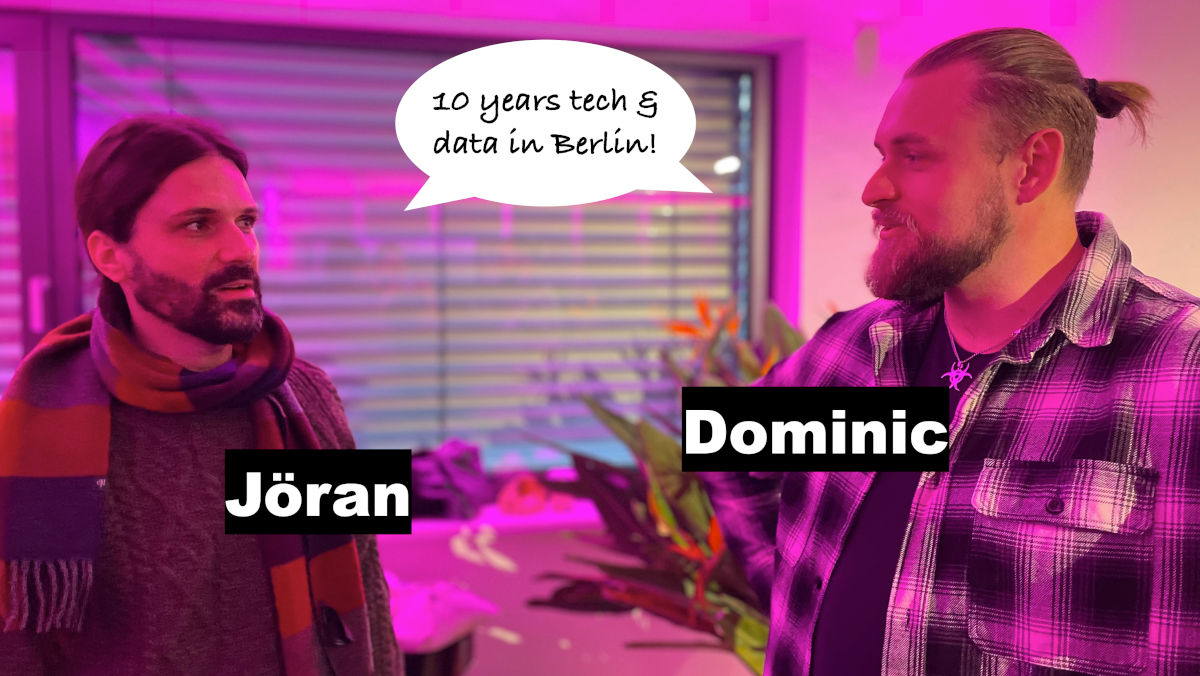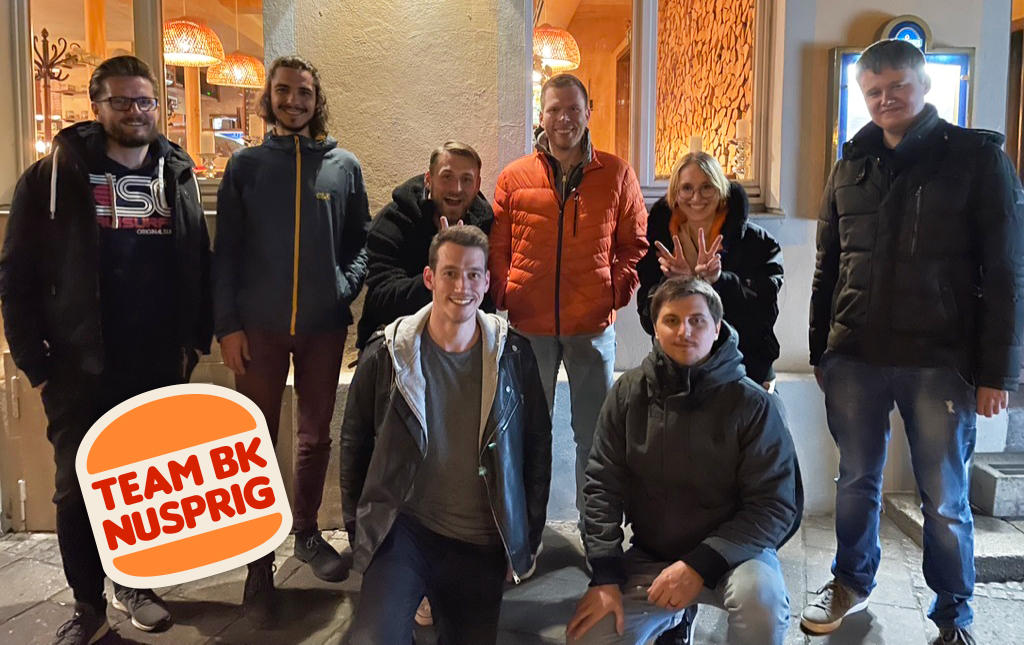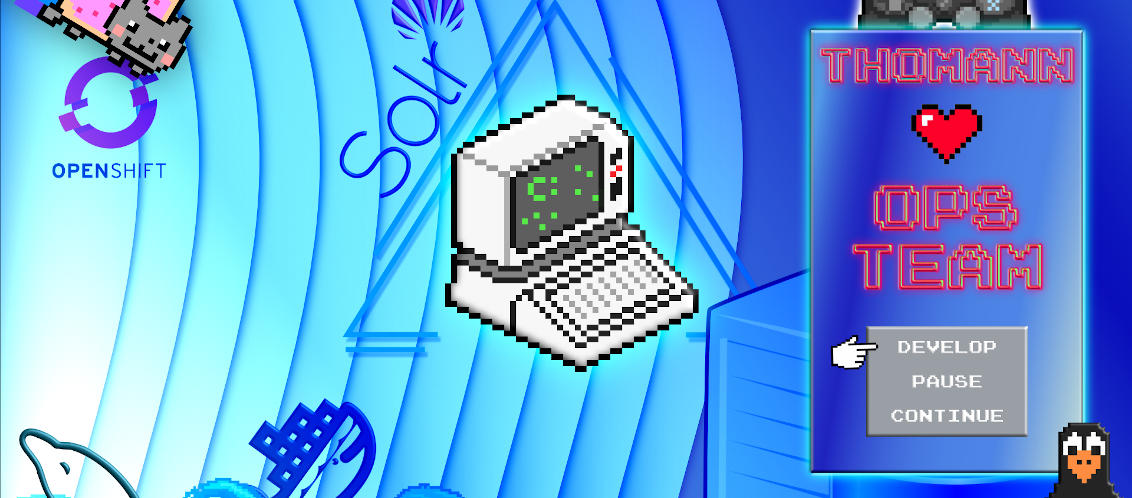Kanban. That's this board. We use it every day. So what the hell is this article about? Or in other words: How complex can pushing around cards be? Not at all. But that's what Kanban is all about.
Kanban has its roots in Japan. More precisely, in the Japanese retail trade. The car manufacturer Toyota was inspired by their "on-demand system" in the late 1940s and transferred it to its production facilities. The idea: To actually only produce what the consumer needed right then. To communicate available and needed resources in real time, cards - called Kanbans – represented tasks and were passed around between teams on a daily basis. It sounded the bell for the end of mindless assembly line work without attending the needs of the customer.
Taiichi Ohno is considered to be the head and founding father of the Toyota production system. His management method JIT ("Just in Time") still forms the core of Kanban today.
Kanban in a nutshell
Similarly as in the "old" Japan, Kanban is used as management system of teams in the present still. Sounds boring, but it’s actually quite nice. Because then as today, Kanban’s objective is to create full transparency and to enable a flexible and efficient way of working. Kanban always works based on the here and now. Roles and tasks can change each day – just like the world around us.
But what does "full transparency" mean? Nothing other than that everyone in the team can see at any time who is working on which task and what the status is. This not only calms the bosses (says who?), it helps the team first and foremost. We understand which things are blocking our work and where there are potential bottlenecks. We can track whether the available resources are well distributed or whether someone is working senselessly on five things at the same time. In short, we can shout "Stop!" early on and point out what the problem is when we notice there is one.
Kanban's toolkit: I see what you see
"Pointing out the problem", that's Kanban's secret of great success. Because its simple way of displaying processes is at least as appealing as its claim. What could have ended up as a nasty Excel spreadsheet has become a board with cards that you simply move around. No eternal lists. No bullet point chaos.
Kanban board
The Kanban board is the single source of truth of a team's current tasks and divided into the different statuses that a task goes through from start to finish. No matter if a team uses a physical board (whiteboard, windows) or a digital board (Jira, Trello, ...).
A Kanban board organizes the workflow into at least three columns: To Do, In Progress and Done. Each task or card starts its "journey" at the so-called Commitment Point. This is the point at which it moves from the Backlog to the To Do and a team commits to its speedy completion. If a team member has capacity at that point in time, the card is moved from left to right using the "pull principle", depending on the status it is in. When the card reaches the end or the delivery point, the team can pass Go and collect $200.
Kanban cards
A card is a work item and can be anything. A bug. A concept. A - God forbid - refinement. In short, anything a team is currently working on. Classic elements of a card range from the obligatory title to the assignee. The following applies: All information that is important can be added but the team can write as much or even as little as they wish.
The scope of a card is not set in stone. But it should be small enough to be completed in a reasonable amount of time and large enough to not keep you busy shifting cards every half an hour. You should stick to one card movement every 1-2 days is often recommended. But it’s a recommendation, not a rule.
WIP limit
The “modern way of working” shows that multitasking belongs to the 90s. And that's where it should stay. The more focused we work, the more productive and stress-free it is! A win-win for employers and employees, that’s what you would call it in business language.
Kanban has also recognized this and introduced the WIP limit (work-in-progress limit) early on. A team commits to a maximum number of cards that are processed in one column. A great way to not spread yourself too thin and a good argument to say "no".
TIY - the essence of Kanban
After all this talk about boards, cards and WIPs, I can picture the readers’ long faces. And imagine them thinking: "But that doesn't make sense for our team for this and that". But, dear friends of agile working, hold on: Kanban is a great option, no must! Because the only rule with Kanban is that the concept has to work for the team - and not the team for Kanban. That's why we call it part of our toolkit. TIY: Team it yourself! Or dismiss it as completely bananas.
Speaking of completely bananas: Team Knusprig (Crispy) has found its own special way with Kanban. A little story from real work life.
Kanban is so crispy
There are teams that need to work absolutely meticulously. And there are those teams made up of autonomous people that bury their heads in the sand when they have to follow too much guidance and too many specifications. Team Knusprig (Crispy) is one of the second kind of teams. Which is why saying bye to Scrum at the beginning of the year wasn’t difficult for them. The framework was too limited, too rigid. The planning was too meticulous. They missed some freedom.
What was the solution? A very individual one. They did things back to front and decided to go for Kanban. The beauty of Kanban is that there are no rules. They decluttered their processes, found some long lost Scrum ghosts of the past and with a big pinch of individualism, something completely new was born: A tailor-made suit named Team Knusprig (Crispy).
Go look: That's a board, dude!
On the menu today: A crispy board à la Kanban, with a bit of the classics To Do, In Progress and Done and the statuses “Guckst Du” (“Go Look” in slang) and “Guckst Du Live” (“Go Look Live” in slang) on the side. Additional “Swim Lanes” allocated by the “Epic” factor make it clear and comprehensible. But you won't find a WIP limit in Knusprig (Crispy). Common sense rules on this board, not a red number. Because that's how it currently works for the team.
But it doesn't work without a Backlog and a Commitment Point. In this case, the team has complete trust in the PM who decides what goes into the To Do column and what doesn’t. However, the PM is not alone in this. The tickets aka cards are planned and set up together beforehand. This is done in regular meetings scheduled for this purpose. Yes, you heard right: Even Team Knusprig (Crispy) knows routines. How rigidly they are adhered to is another story.
Iterations - the Crispy way
- Retro: "Mandatory" meeting once a month but usually not needed. Open communication is welcome anytime without a fixed scheduled time.
- Review: A review is only done when something is ready for the customer and presented to stakeholders. Afterwards, the team checks what needs to be done next.
- Refinement: “Epics”/issues are translated into tickets by the PM & team.
- Planning: The team discusses all tickets on the team's own "Wall of Work", divides them into smaller tasks, estimates the work load and translates them into goals.
- Planning Poker: Tasks will be estimated in story points but not meticulously. The format serves more as a knowledge exchange rather than an exact point assignment. Story Point Velocity is not a thing for us.
- Implementation: The tasks are created as tickets/cards and the PM drags the tasks to be prioritized into the To Do column. The team then picks their cards independently. The rest is magic!
Is Kanban for everyone?
Yes, Kanban is indeed suitable for every team. But it only works if it is adapted to the needs of the team. The root of Kanban is cooperation. If a Kanban model is not right for the team, it will not be used. Without the team using it there is no transparency, hence no way of planning properly. Team Knusprig (Crispy) is a good example for a team that designed a framework with heart and mind. The crux is to not simply adopt the Crispy framework - but rather their courage to customize the tool as they wish.














